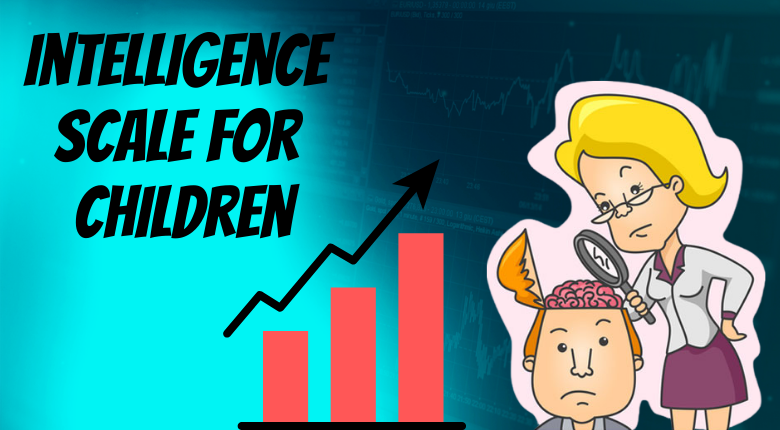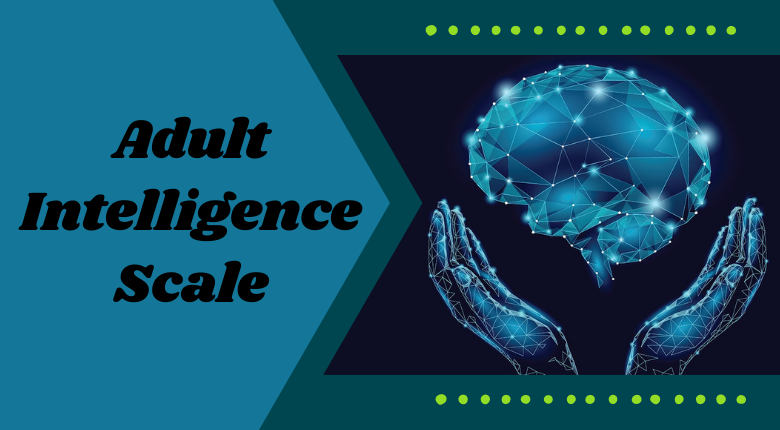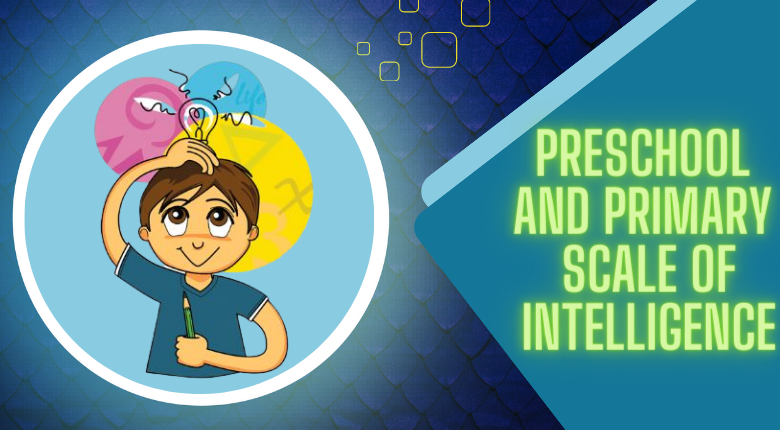Probably no other single area of evaluation has seen more controversy than that intelligence. Psychologists have debated whether intelligence is learned or inherited, culturally specific or universal, one ability or several.
These debates are ongoing, and won’t soon be resolved. For this blog, I’ll discuss intelligence as it relates to a child’s score on an IQ test. Efforts to measure intelligence have long been a part of psychology.
Although still surrounded by controversy, IQ tests are the most studied, and consequently, the most reliable, valid, and useful tests available.
Within a test, people tend to perform the same on items designed to assess the same ability, thus suggesting internal consistency.
They are reliable because people will generally get the same score when they retake the same test years later.
Studies that have compared children’s IQ scores with their performance in school have found that IQ and school performance are highly correlated.
That is, such tests are one of the best single indices of how well a child will do in school.
Having said that, IQ tests are not the sole factor for determining how a person will eventually function in society, as other variables, such as parenting, quality of schooling, motivation, and exposure to culture and books, are also important determinants of success in life.
An IQ score reflects a person’s performance on an intelligence test relative to that of persons of the same age.
In other words, a child’s IQ score tells you the extent to which his or her performance on the test departs from average.
Nearly all comprehensive evaluations include some measure of intelligence.
For example, in the case of a child who is being tested for dyslexia, an intelligence test can determine that the child’s academic difficulties don’t come from a specific cognitive weakness.
An intelligence test is necessary in most cases to diagnose a specific learning disability. Despite their limitations, IQ tests are the best measure we have of a person’s abilities in a variety of areas.
IQ tests are composed of sub-tests that measure more specific abilities.
Calculating mental age involves using standardized tests to assess cognitive abilities and intellectual development relative to chronological age. Scores obtained are compared to the average scores of individuals in the same age group to determine mental age.
Scores on these sub-tests are combined to yield measures of verbal and nonverbal abilities, processing speed, and working memory, as well as a Full Scale IQ score.
Wechsler Intelligence Scale for Children – Fourth Edition (WISC-IV) and Fifth Edition (WISC-V)

The Wechsler Intelligence Scale for Children is the most widely used test of intelligence for children aged 6 through 16 years. There are currently two different editions of the WISC.
The WISC-V is the newest version and became available in the fall of 2014. It’s important to note that it can take a year from the publication of a new version of the WISC for professionals to become trained on it; however, don’t expect to see the WISC-IV in use much after 2015.
The WISC-V includes numerous sub-tests and yields a Full-Scale IQ score. It also yields five “Factor Scores,” which measure different dimensions of functioning. These factors include verbal comprehension, visual-spatial, fluid reasoning, processing speed, and working memory.
These factors reflect a child’s performance on meaningful dimensions of mental ability and provide useful information regarding a child’s learning style.
- The verbal comprehension factor measures children’s verbal knowledge, and their ability to use their verbal skills in new situations. Scores on this factor are also a reflection of a child’s educational and home environments. In other words, if a child is surrounded by an environment that is verbally enriched, he or she will likely do better on this factor.
- The visual-spatial factor is designed to measure nonverbal concept formation, visual perception and organization, simultaneous processing, visual-motor coordination, learning, and the ability to separate figures and ground in visual stimuli.
- The fluid reasoning factor measures the ability to detect underlying conceptual relationships among visual objects and to use reasoning to identify and apply rules.
- Processing speed measures the speed at which children can process simple visual information, such as abstract designs or numbers, without making mistakes. Although it is not a measure of a child’s ability to think or reason, difficulty in processing simple information (e.g., copying symbols or letters or quickly scanning a worksheet for mistakes) leaves a child with less time and mental energy to understand and process new material.
- Working memory is an indication of a child’s ability to hold information in memory so that he or she can manipulate it, or perform calculations with it. It includes the ability to do mental arithmetic and can be affected by poor attention.
Wechsler Adult Intelligence Scale – Fourth Edition (WAIS-IV)

The WAIS-IV is the most commonly used test of intelligence for persons aged 16 through 75 years and maybe the intelligence test chosen if your child is a teenager above the age of 15. The sub-tests on the WAIS-IV are generally “adult” versions of the sub-tests on the WISC-IV and V.
Wechsler Preschool and Primary Scale of Intelligence – Fourth Edition (WPPSI-IV)

This test is one of the most widely-used tests of cognitive ability for young children aged 2 through 7 years. It includes sub-tests that are similar to those of the WISC-IV and V; essentially, it can be considered a downward extension of the WISC-V.
Stanford-Binet Intelligence Scales – Fifth Edition
The Stanford-Binet can be used with individuals aged 2 through 85+ years. It includes a battery of sub-tests, many of which are similar in content to those on the Wechsler scales.
This test measures five content areas: Fluid reasoning, knowledge, quantitative reasoning, visual-spatial processing, and working memory. A general composite score is also obtained as a measure of overall intelligence.
Differential Ability Scales – Second Edition (DAS-II)
The DAS is a test of cognitive ability that can be used with children aged 2 through 17 years. It was devised to measure specific abilities across a range of cognitive domains, such as inductive reasoning ability, verbal ability, and spatial ability.
It’s similar to the Wechsler scale in several areas (e.g., it includes numerous sub-tests), and yields a General Conceptual Ability score (GCA) which is similar but not identical to the Full Scale IQ of the WISC.
Summary
As you can see, there are indeed several good measures of cognitive ability, and each has pluses and minuses. However, the tests have more similarities than differences, and most children will get similar scores across tests.
Whoever examines your child should put thought into picking the correct tests for him or her, much as a physician picks the correct medicine to treat certain symptoms. Keep in mind, though, that a score on an IQ test is just that—a score.
It’s not a measure of someone’s ultimate potential, nor does it measure qualities such as perseverance, creativity, emotional intelligence, and other skills that are ultimately important for a person’s future success.
FAQ
Que: Are Mental Age Calculators Culturally Biased?
Ans: Standardized tests used in mental age calculators can be culturally biased, meaning that they may not accurately reflect the abilities of individuals from different cultural backgrounds. It is important to consider cultural factors when interpreting the results of a mental age calculator.
Que: Are Mental Age Calculators Accurate?
Ans: The accuracy of mental age calculators depends on the reliability and validity of the standardized test used. While mental age calculators can provide a general indication of an individual's cognitive ability, they should not be relied upon as the sole indicator of intellectual potential. It is important to consider multiple factors when assessing an individual's cognitive ability.
Que: Can Mental Age Calculators Be Used To Compare Individuals From Different Age Groups?
Ans: Mental age calculators are not suitable for comparing individuals from different age groups, as the mental age is relative to an individual's chronological age. Comparing the mental ages of individuals from different age groups is not an accurate measure of cognitive ability.
Que: What Is The Average Mental Age For A Particular Age Group?
Ans: There is no fixed or standardized mental age for a particular age group, as cognitive ability can vary greatly between individuals. Mental age calculators provide a range of scores based on standardized tests, which can be used to compare an individual's cognitive ability with others in the same age group.
Que: Can Mental Age Calculators Predict Academic Success?
Ans: Mental age calculators can provide an indication of an individual's cognitive ability, which is one factor that can influence academic success. However, academic success is influenced by a variety of factors, including motivation, study habits, and socioeconomic status.
Que: Can Mental Age Calculators Be Used For individuals With Developmental Disabilities?
Ans: Mental age calculators are not suitable for individuals with developmental disabilities, as these individuals may not be able to complete standardized tests or may have difficulty with certain tasks. For individuals with developmental disabilities, alternative assessments should be used to measure cognitive ability.

